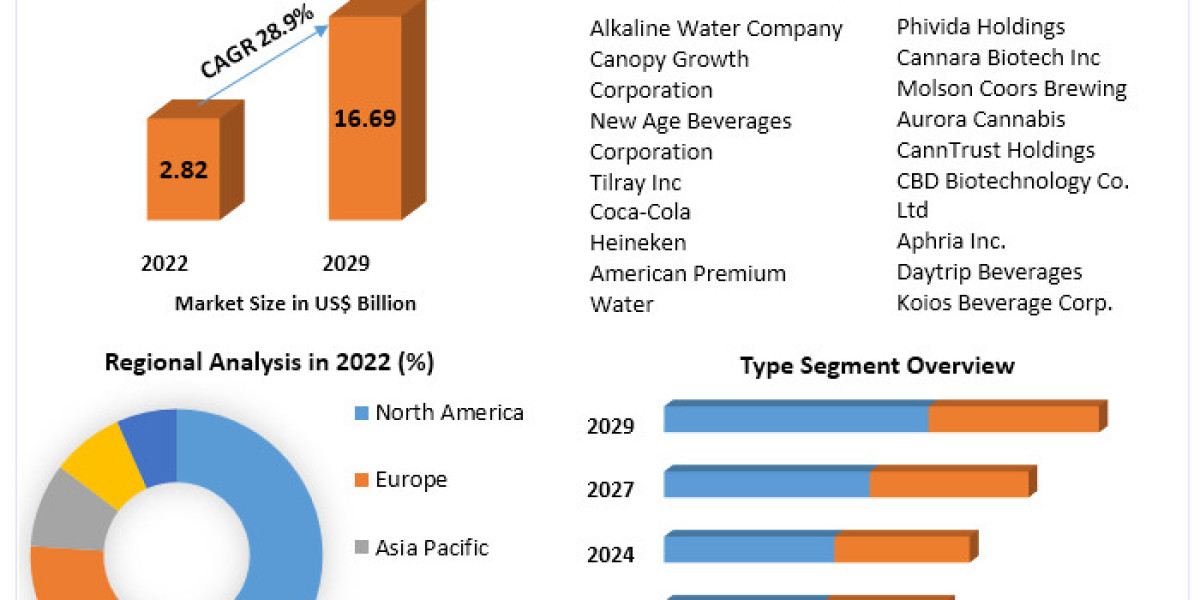The red biotechnology market, focusing on medical and healthcare applications, is a rapidly growing sector driven by advancements in genetic engineering and the development of biopharmaceuticals. These innovations are transforming how diseases are diagnosed, treated, and prevented, offering new hope for patients worldwide. This comprehensive overview delves into the key aspects of the red biotechnology market, emphasizing the roles of genetic engineering and biopharmaceuticals.
Genetic Engineering: Revolutionizing Medicine
Genetic engineering is at the heart of red biotechnology, enabling scientists to modify organisms' DNA to develop new medical treatments and diagnostics. This technology has revolutionized the biotechnology landscape, providing the tools necessary to create precise, targeted therapies that address the root causes of diseases rather than merely alleviating symptoms.
Applications in Disease Treatment
One of the most promising applications of genetic engineering is in the treatment of genetic disorders. By correcting defective genes, therapies such as CRISPR-Cas9 gene editing can potentially cure diseases that were once considered untreatable, such as cystic fibrosis, muscular dystrophy, and certain types of cancer. These advances are not only enhancing the quality of life for patients but also reducing the long-term healthcare costs associated with managing chronic conditions.
Enhancing Diagnostic Capabilities
Genetic engineering also plays a crucial role in improving diagnostic technologies. Techniques such as next-generation sequencing (NGS) allow for the rapid and accurate identification of genetic mutations associated with various diseases. Early and precise diagnosis is essential for effective treatment, particularly for conditions like cancer, where early intervention can significantly improve outcomes.
Biopharmaceuticals: The Future of Therapeutics
Biopharmaceuticals, derived from biological sources, represent a significant segment of the red biotechnology market. These products include a wide range of therapeutics such as vaccines, monoclonal antibodies, recombinant proteins, and gene therapies, all of which are transforming modern medicine.
Vaccines and Monoclonal Antibodies
Vaccines have long been a cornerstone of public health, and advancements in biopharmaceuticals are enhancing their effectiveness and scope. Modern vaccines, including those for COVID-19, utilize technologies like mRNA to elicit stronger immune responses with fewer side effects. Monoclonal antibodies, another critical biopharmaceutical category, are used to treat various conditions, including autoimmune diseases, cancers, and infectious diseases. These antibodies are engineered to target specific antigens, providing highly specific treatments that minimize damage to healthy tissues.
Recombinant Proteins and Gene Therapies
Recombinant proteins are another vital component of the biopharmaceutical market. These proteins, produced through genetic engineering techniques, are used to treat diseases like diabetes (insulin), growth hormone deficiencies, and hemophilia. Gene therapies, which involve inserting, altering, or removing genes within a patient’s cells, offer potential cures for genetic disorders and are a rapidly expanding area of research and development.
Market Dynamics and Growth Drivers
Several factors are driving the growth of the red biotechnology market, including technological advancements, increasing healthcare expenditure, and the rising prevalence of chronic diseases. Governments and private sectors are investing heavily in research and development to foster innovation and bring new treatments to market.
Technological Advancements
The continuous advancement in technologies such as CRISPR, NGS, and synthetic biology is enabling more precise and efficient development of biopharmaceuticals and genetic therapies. These technologies are reducing the time and cost associated with bringing new treatments to market, thereby accelerating the pace of innovation.
Healthcare Expenditure and Chronic Diseases
The growing incidence of chronic diseases such as cancer, diabetes, and cardiovascular diseases is driving demand for innovative therapies. Governments and healthcare organizations are increasing their spending on biotechnology research to develop effective treatments for these conditions. Additionally, the aging global population is contributing to the increased prevalence of chronic diseases, further boosting the demand for biopharmaceuticals and genetic therapies.
Challenges and Future Prospects
Despite the promising advancements, the red biotechnology market faces several challenges. Regulatory hurdles, high development costs, and ethical concerns surrounding genetic engineering are significant barriers that need to be addressed. Ensuring equitable access to advanced therapies is also a critical issue, particularly in low- and middle-income countries.
Future Prospects
The future of the red biotechnology market looks promising, with ongoing research and technological advancements paving the way for new and improved treatments. Collaborative efforts between governments, research institutions, and private companies are essential to overcoming the current challenges and ensuring that the benefits of red biotechnology are accessible to all.
Related Report:
Gastrointestinal Stromal Tumors Market
For More Information, Please Visit @ Market Research Future















